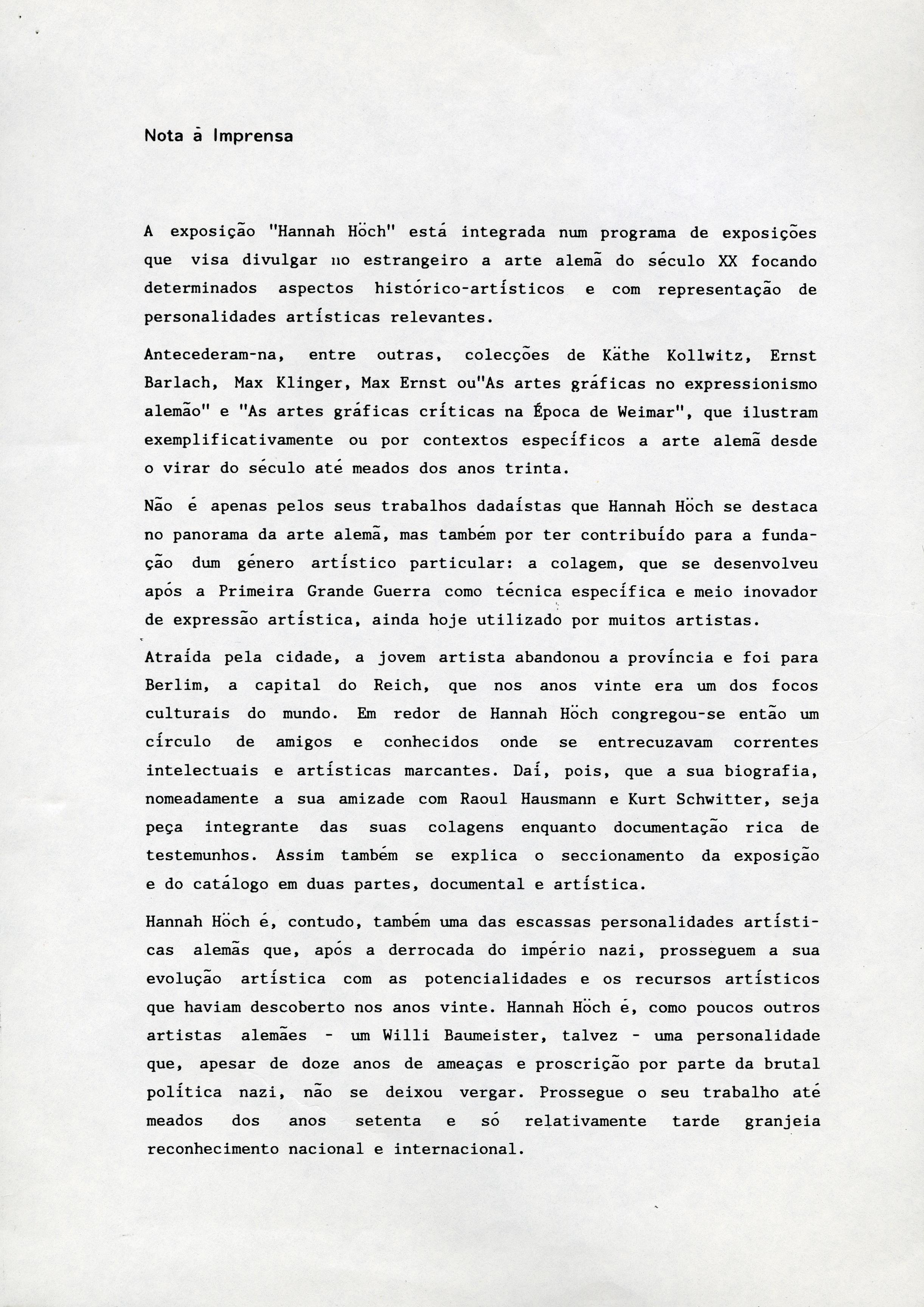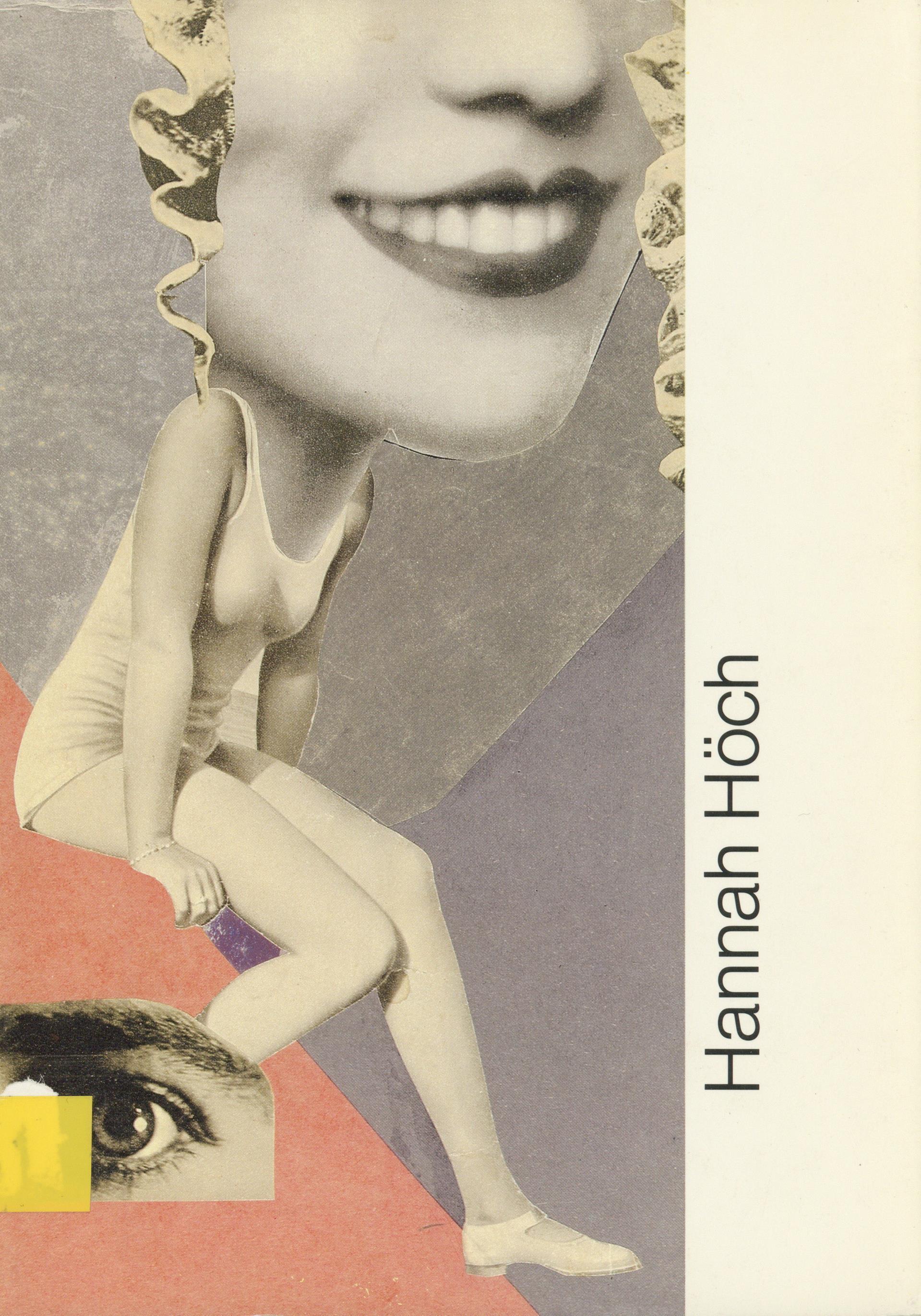
Hannah Höch (1889 – 1978). Colagens
Exposição individual e itinerante da artista alemã Hannah Höch (1889-1978), que resultou da iniciativa do Instituto de Relações Culturais com o Exterior de Estugarda, em colaboração com o Goethe-Institut de Lisboa. Esta exposição centrava-se nas colagens da artista alemã, prática pela qual foi reconhecida nacional e internacionalmente.
Individual travelling exhibition of the work of German artist Hannah Höch (1889-1978) resulting from an initiative of the Institute for Foreign Cultural Relations, Stuttgart, and with collaboration from the Goethe-Institut in Lisbon. The exhibition centred on the artist's collage work, for which she is known in Germany and the world.
Ficha Técnica
- Iniciativa
- Organizador / Serviço responsável
- Organizador / Parceiro institucional
- Programação
- Comissariado
Artistas / Participantes
Publicações

Material Gráfico
Fotografias
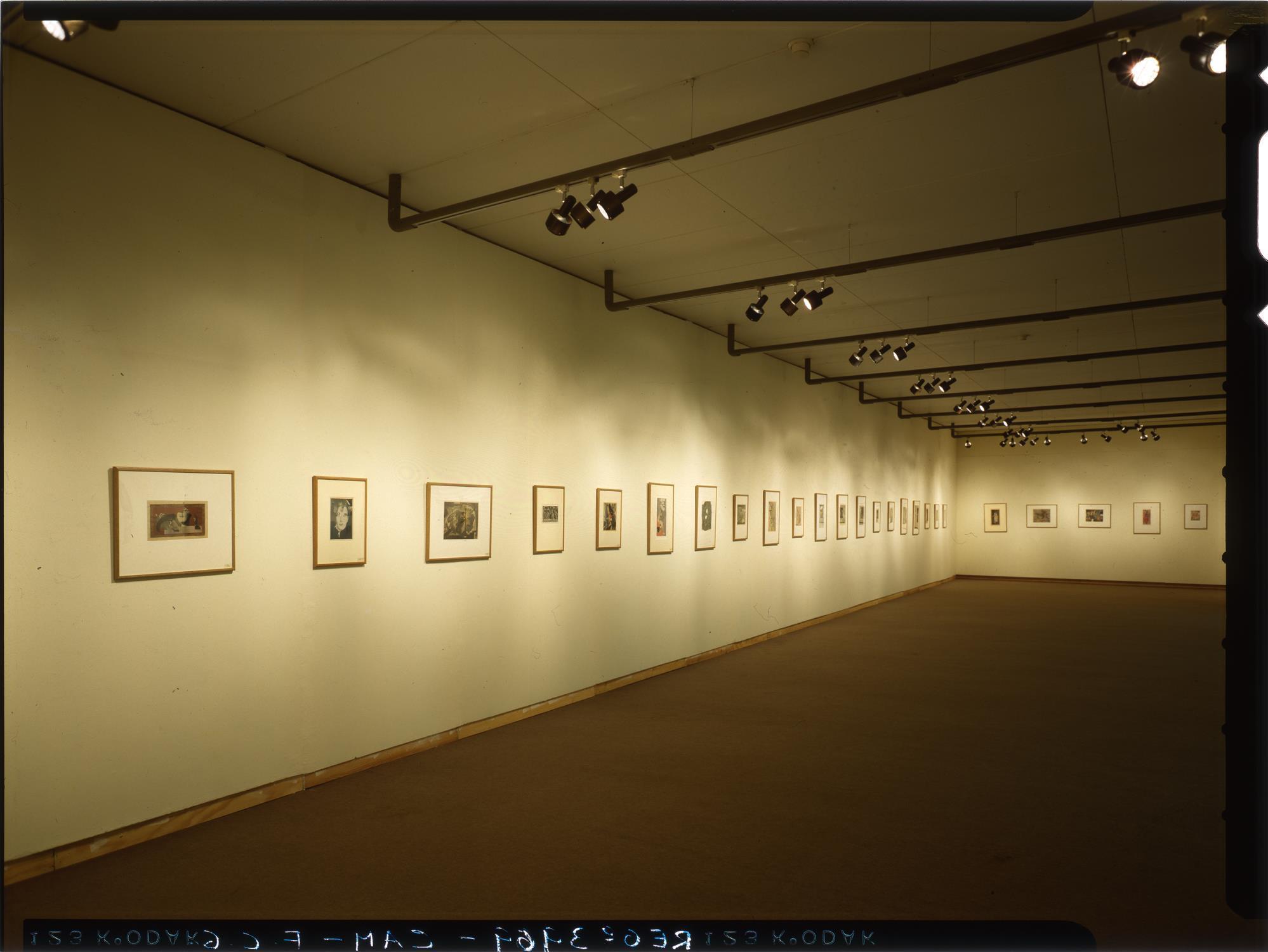
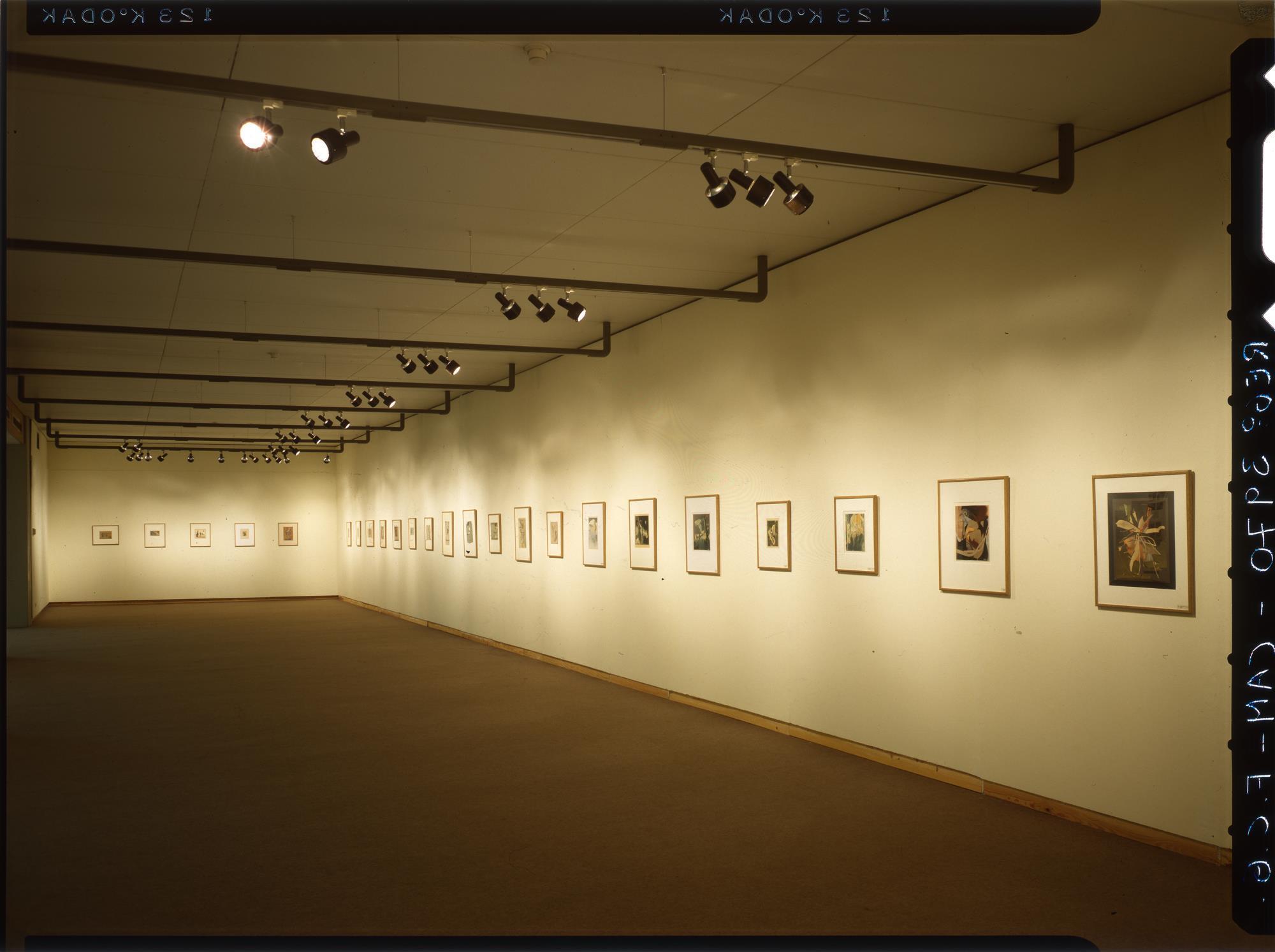
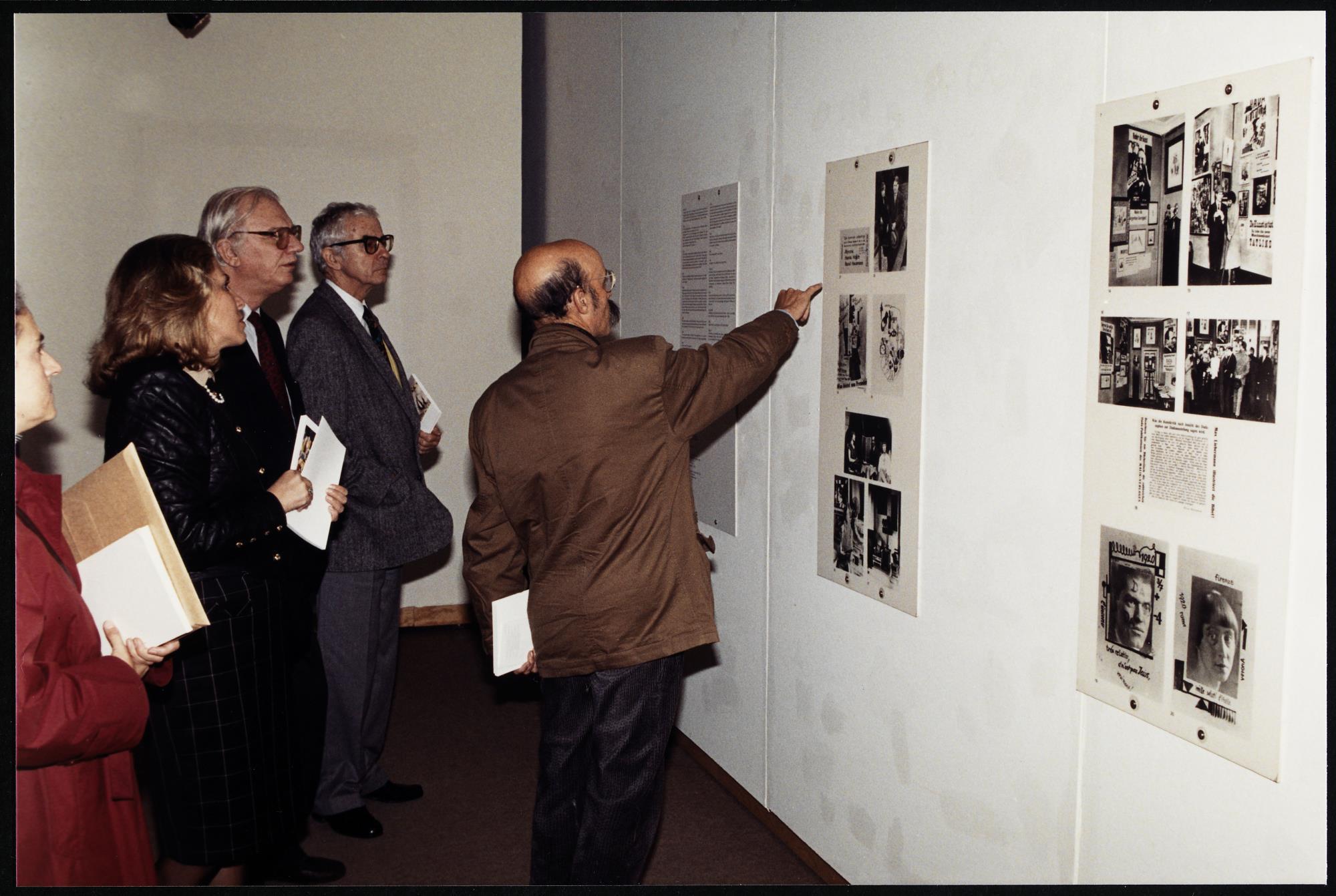
Documentação
Fontes Arquivísticas
Exposições Relacionadas
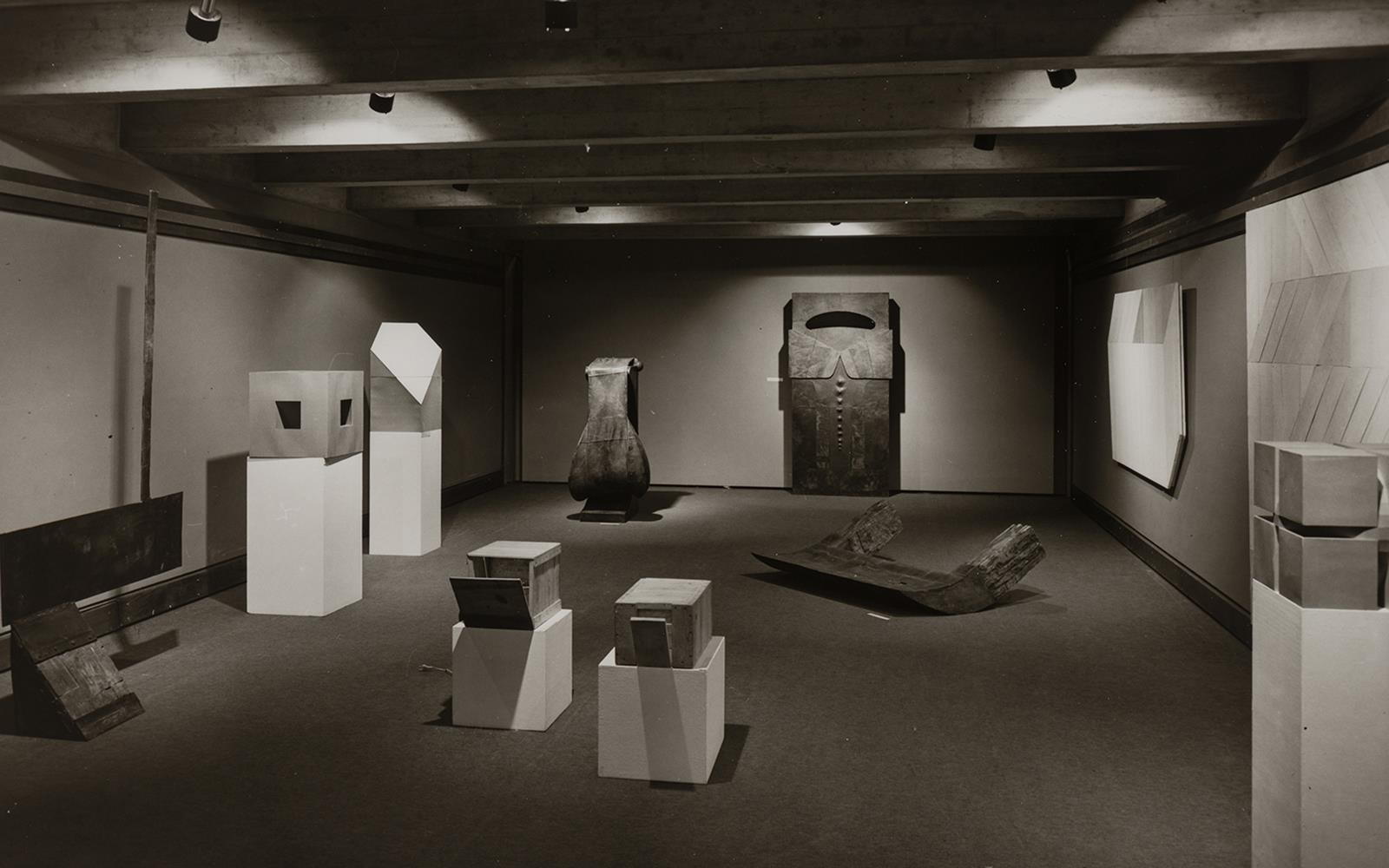
Poesia Criada pela Matéria, Luz e Movimento
1979 / Itinerância [organização externa]
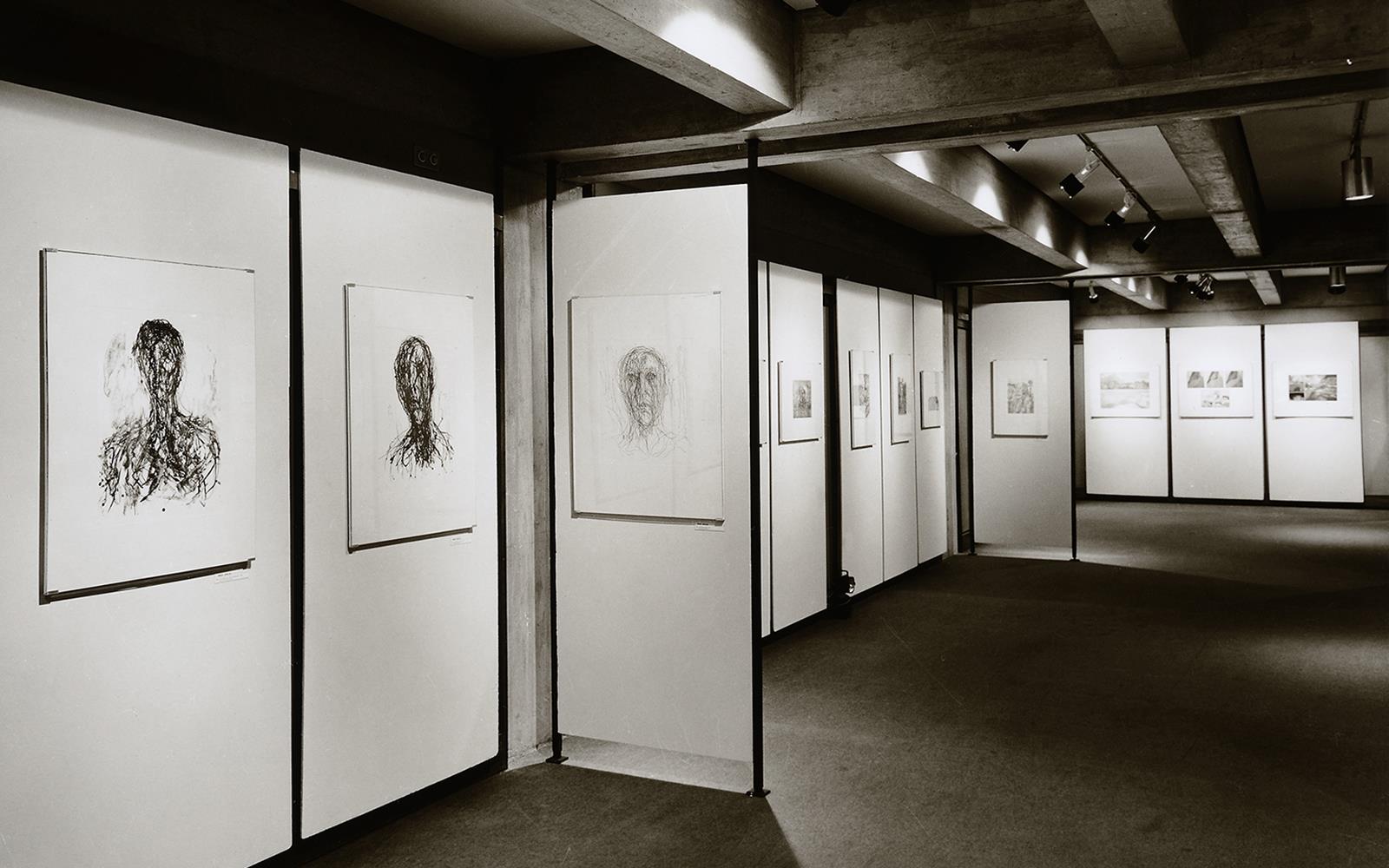
Gravuras da República Democrática Alemã. Tendências dos Anos Setenta
1981 / Itinerância Portugal

Arte em Berlim. 1900 até Hoje
1989 / Centro de Arte Moderna, Lisboa
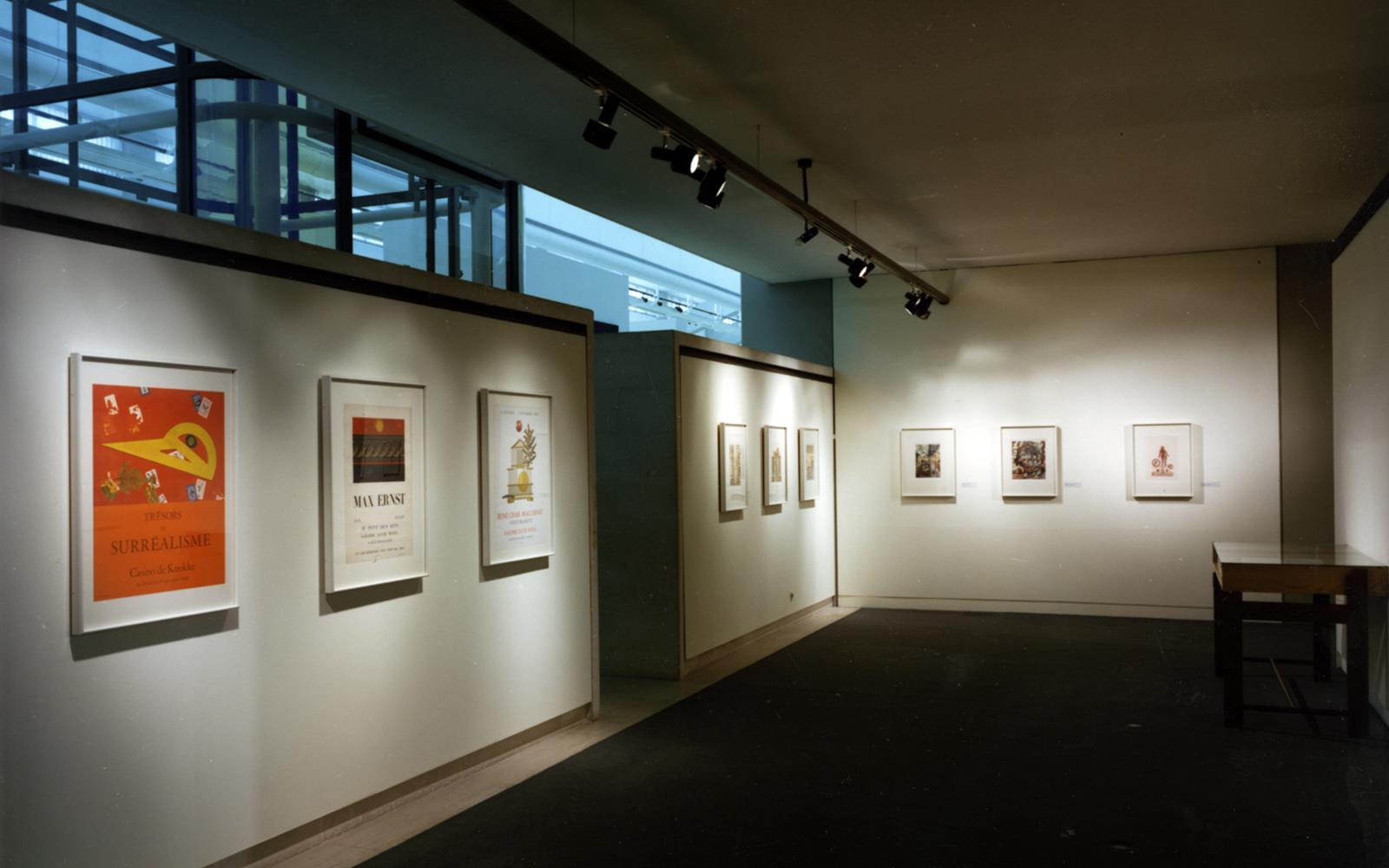
Max Ernst. Obra Gráfica e Livros. Colecção Lufthansa
1993 / Itinerância [organização externa]



